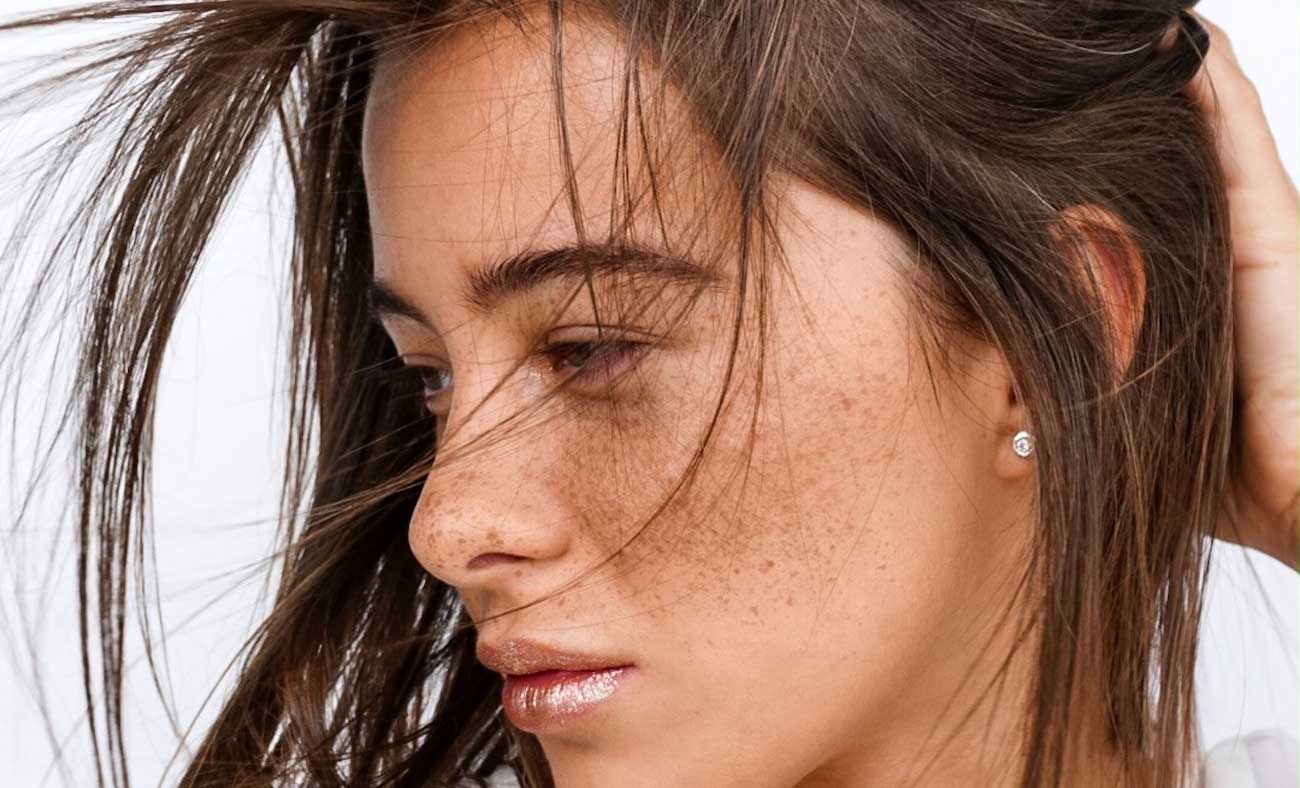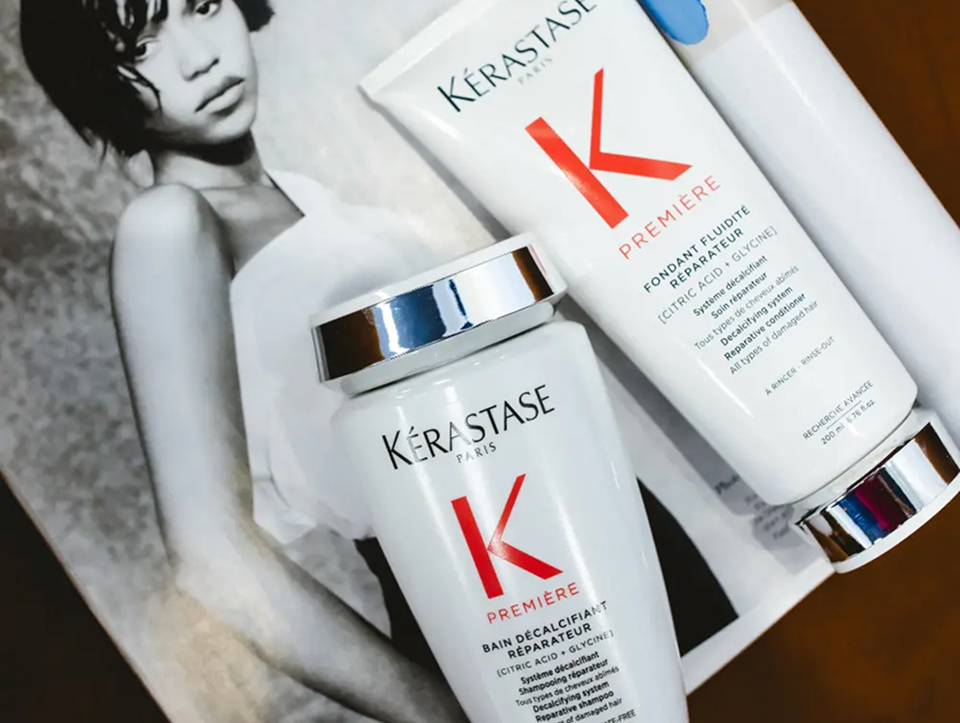Changing your hair color can feel exciting and a little intimidating. You want a style that’s bold yet flattering, low-maintenance, and perfect for your lifestyle.
Ombre hair is a stunning way to transition from darker roots to lighter ends, giving your hair depth, dimension, and effortless style. It works beautifully on any hair type, including chic bob cuts, and lets you express your personality while keeping your roots natural.
With the right ombre hairstyle, you can make a subtle shift or a dramatic statement that lasts for months.
10 Ombre Hair Ideas to Try in 2025
1. Classic Brown to Blonde Ombre

What it is: A timeless gradient from rich brown roots to warm blonde ends.
Pros: Low-maintenance, natural-looking, works for many hair types.
Cons: Lightened ends require care to avoid dryness.
For whom: Ideal for brunettes wanting a natural lift without a drastic change.
✨Styling tips: Loose waves highlight the gradient beautifully; a sleek straight bob makes the blonde tips pop.
2. Caramel Ombre
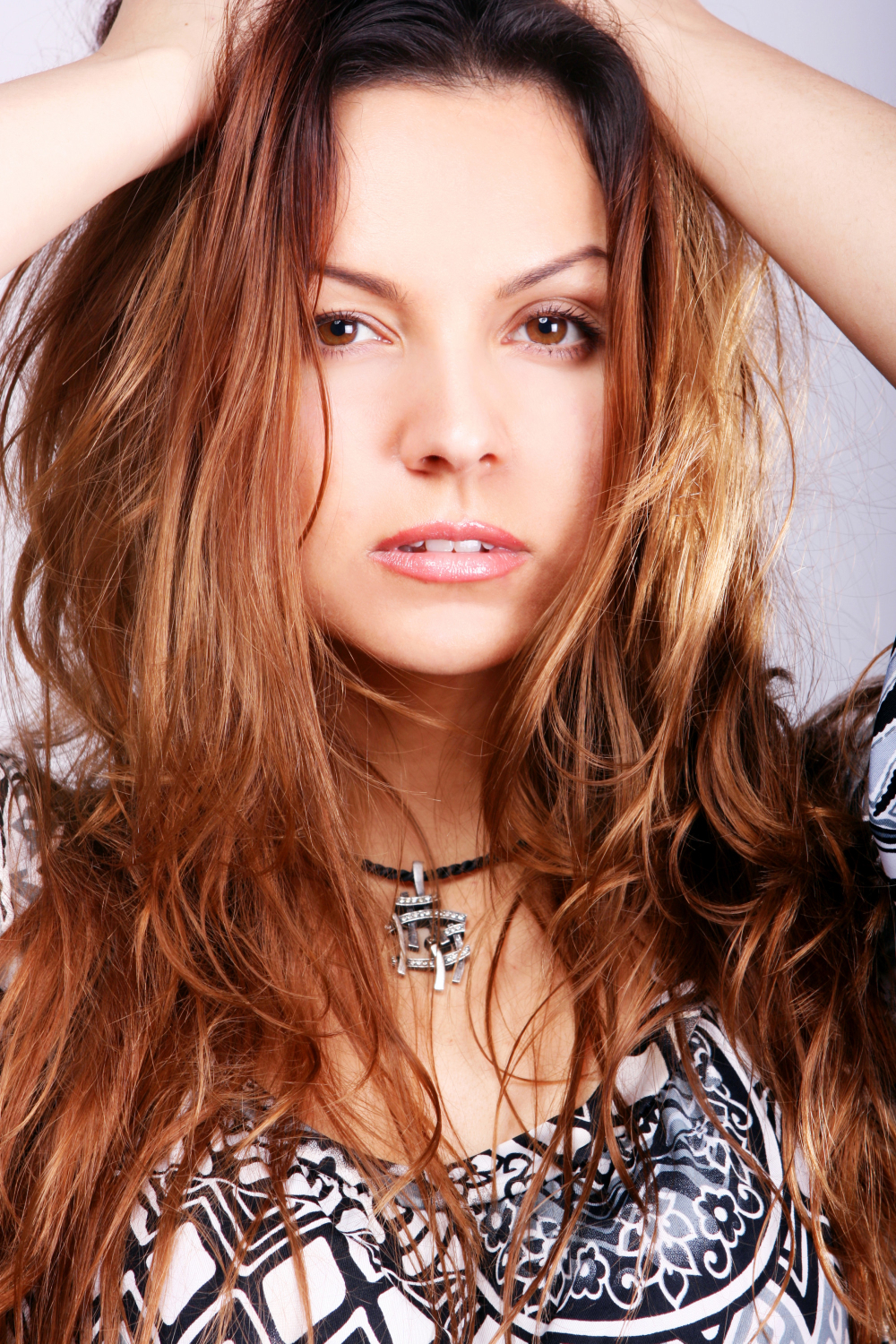
What it is: Medium brown hair fades into soft, caramel-toned ends.
Pros: Adds warmth, complements most skin tones, and is easy to maintain.
Cons: Lighter caramel can fade if exposed to sunlight frequently.
For whom: Perfect for medium brunettes seeking a soft, sun-kissed look.
✨Styling tips: Gentle curls or soft layers enhance the dimension of the caramel tones.
3. Blonde to Platinum Ombre

What it is: A bold, high-contrast ombre going from blonde roots to platinum ends.
Pros: Dramatic and modern, eye-catching, adds volume perception.
Cons: Requires toner and deep conditioning to prevent brassiness and dryness.
For whom: Ideal for natural blondes or light-haired individuals looking to make a statement.
✨Styling tips: Straight styles or polished waves make the platinum tips gleam.
4. Reverse Ombre
What it is: Darker ends fading from lighter roots, creating an inverted ombre effect.
Pros: Unique, edgy, perfect for experimenting.
Cons: May require more maintenance to avoid harsh lines.
For whom: Ideal for creative personalities or those seeking a modern twist.
✨Styling tips: Tousled waves or braided styles accentuate the color contrast.
5. Pastel Ombre

What it is: Soft shades like pink, lavender, or blue blended into your natural hair.
Pros: Fun, trendy, adds a pop of color without full dye.
Cons: Colors fade faster and may need regular touch-ups.
For whom: Ideal for adventurous, playful personalities or festival-goers.
✨Styling tips: Loose curls or braids show off pastel gradients beautifully.
6. Balayage-Ombre Blend
What it is: Combines the soft, hand-painted highlights of balayage with the gradient of ombre hair.
Pros: Adds dimension, looks natural, and is low-maintenance.
Cons: Can be more expensive than standard ombre due to the technique.
For whom: Suitable for anyone wanting depth with minimal upkeep.
✨Styling tips: Soft waves or a layered bob highlight the blended effect.
7. Red to Copper Ombre
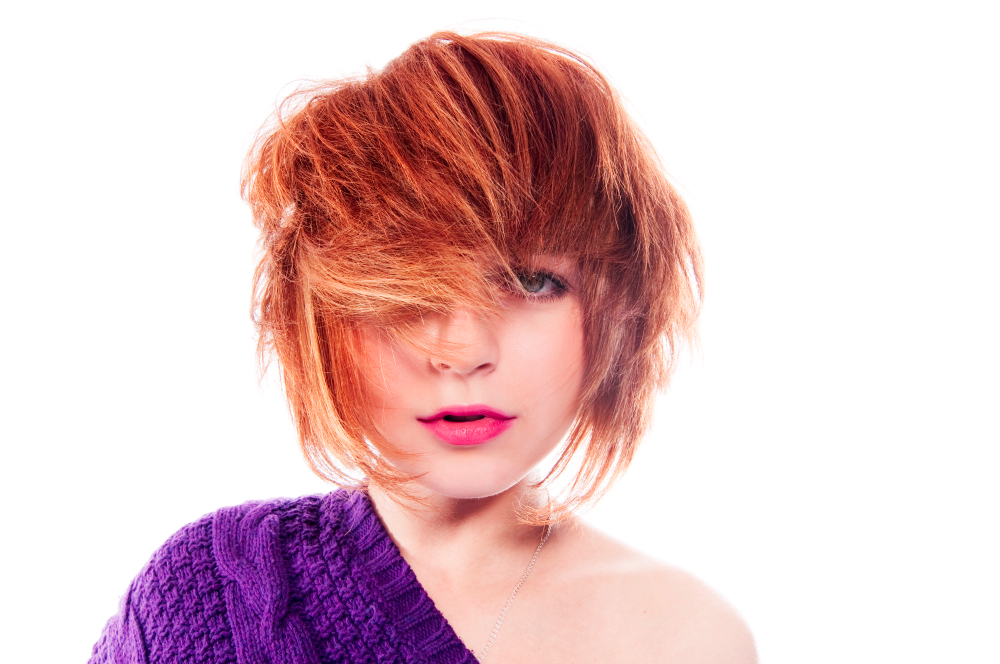
What it is: Fiery red roots fading into warm copper ends.
Pros: Bold, vibrant, eye-catching.
Cons: Red shades can fade quickly and may need color-safe products.
For whom: Perfect for outgoing personalities or those with fair to medium skin tones.
✨Styling tips: Loose waves or a messy bun enhance the fiery transition.
8. Chocolate Ombre
What it is: Rich chocolate brown hair gradually fading to a lighter milk chocolate hue.
Pros: Subtle, elegant, easy to maintain.
Cons: Less dramatic for those seeking high contrast.
For whom: Ideal for brunettes wanting a natural, polished look.
✨Styling tips: Straight, layered styles or soft waves give a smooth gradient effect.
9. Ash Brown to Silver Ombre
What it is: Cool-toned brown fading into ash or silver ends.
Pros: Modern, edgy, very on-trend.
Cons: Requires toning to avoid brassiness and maintenance to keep silver vibrant.
For whom: Great for fashion-forward individuals or those with cool undertones.
✨Styling tips: Sleek straight hair or braids highlight the ash-to-silver gradient.
10. Bob Cut Ombre
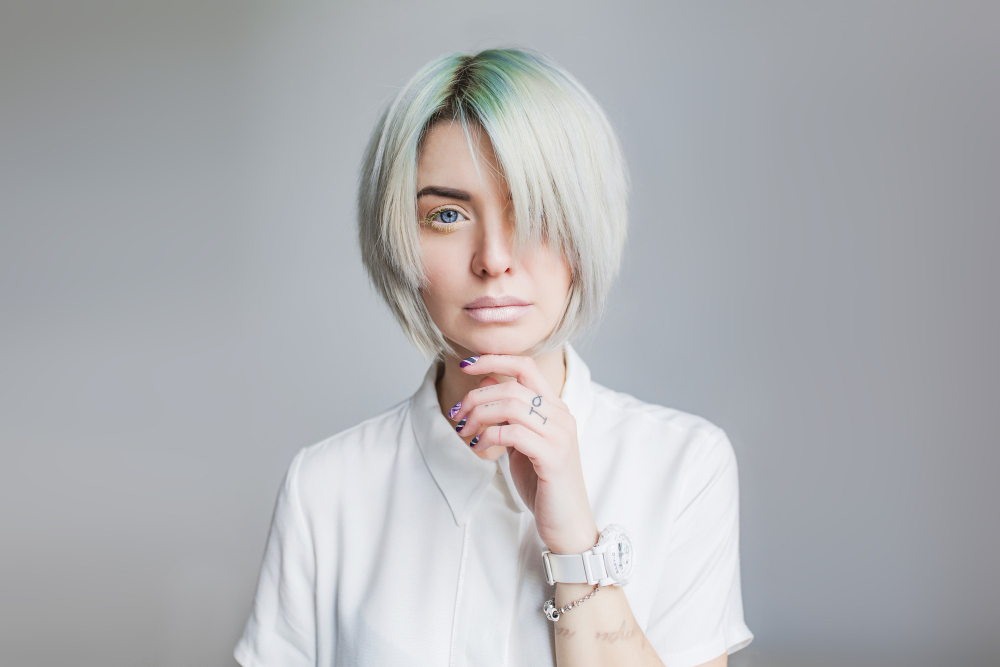
What it is: A short bob enhanced with the ombre hair effect.
Pros: Adds depth and dimension to short hair, trendy.
Cons: Limited gradient space due to shorter length.
For whom: Perfect for bob hairstyles wanting modern style and dimension.
✨Styling tips: Straightened or slightly waved bobs make the ombre pop; try a side part for extra flair.
⚡ Check: For all ombre hair types, explore color melting and highlight techniques to achieve a seamless gradient.
What is Ombre Coloring?
Ombre hair is a two-toned coloring technique where your roots remain darker while the ends gradually lighten. Unlike traditional highlights with foil or caps, the color is hand-painted for a smooth, seamless gradient. You can even try a reverse ombre, where your ends are darker and your roots lighter—a clever way to adjust old highlights.
Balayage vs Ombre Hair
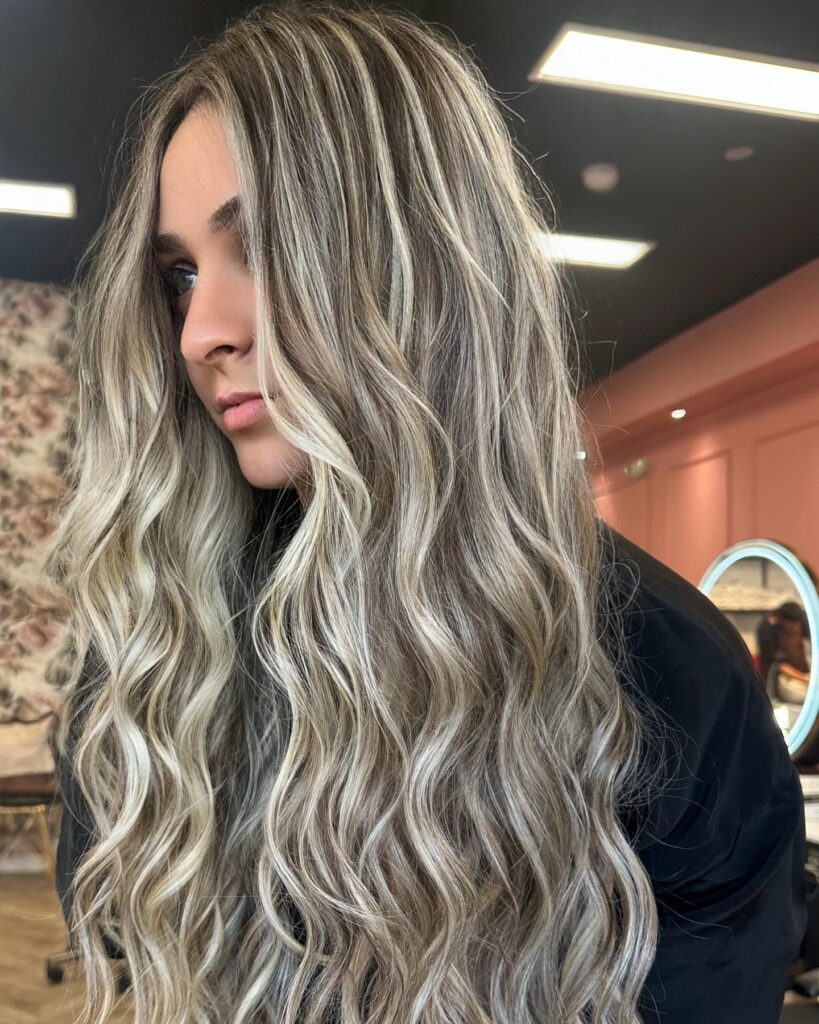
The ombre hair effect creates a bold color block, with darker roots melting into lighter ends. In contrast, balayage hand-paints highlights for a sun-kissed, natural finish. Balayage focuses on the top layers for a multidimensional look. Learn more about balayage techniques here.
Ombre Hair Color Benefits
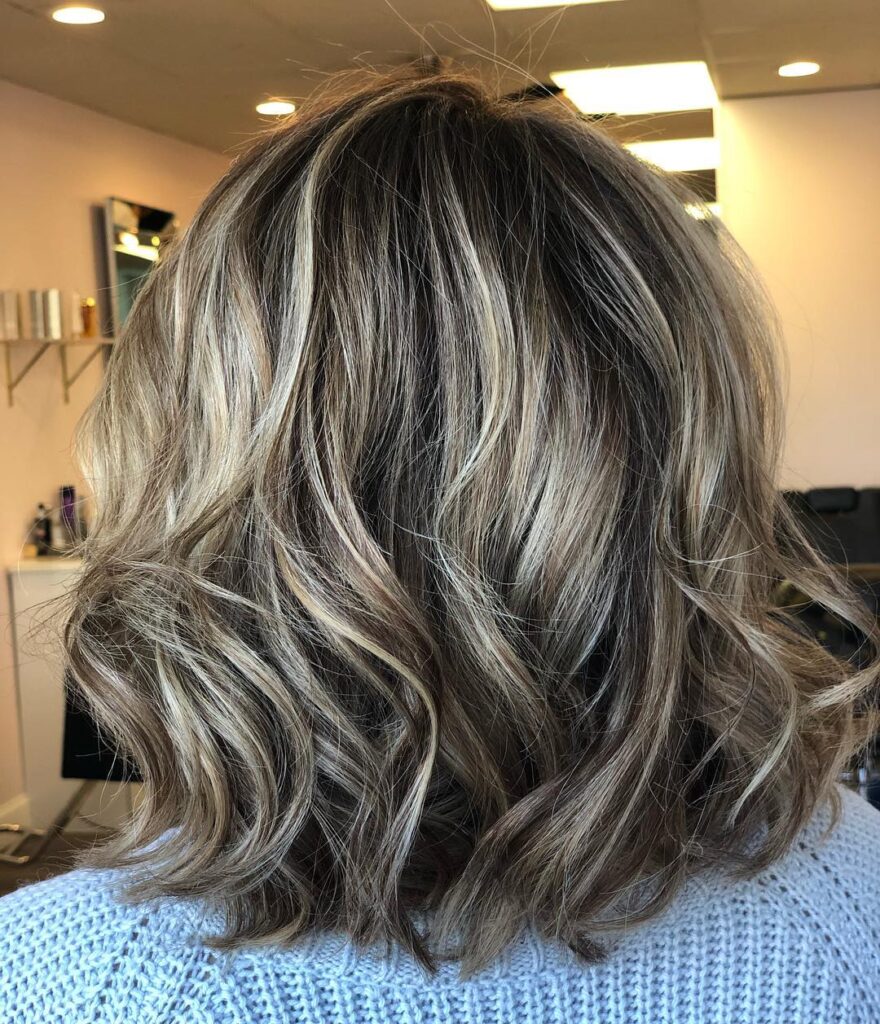
- Budget-Friendly and Low-Maintenance: One of the biggest perks of ombre hair is its affordability. Since the color doesn’t start at the roots, you avoid a harsh line as it grows out. That means fewer salon visits and less money spent on root touch-ups.
- Works Well on One-Length Hairstyles: Ideal for bobs, medium-length cuts, or long layers, the gradient enhances simple cuts without disrupting the style. Avoid too many layers, which can break the smooth color flow.
- Subtle or Dramatic Changes: Go subtle with a few shades lighter at the ends (sombré) or bold with vibrant hues like pink or purple. Always pair your color with the proper toner and explore purple vs blue shampoo to maintain vibrancy. Schedule gloss treatments at the salon to refresh your ombre’s tone and shine when it starts to dull.
✨ Tip: For a bold alternative, explore the calico hair trend.
Things to Consider Before Applying The Ombre Effect
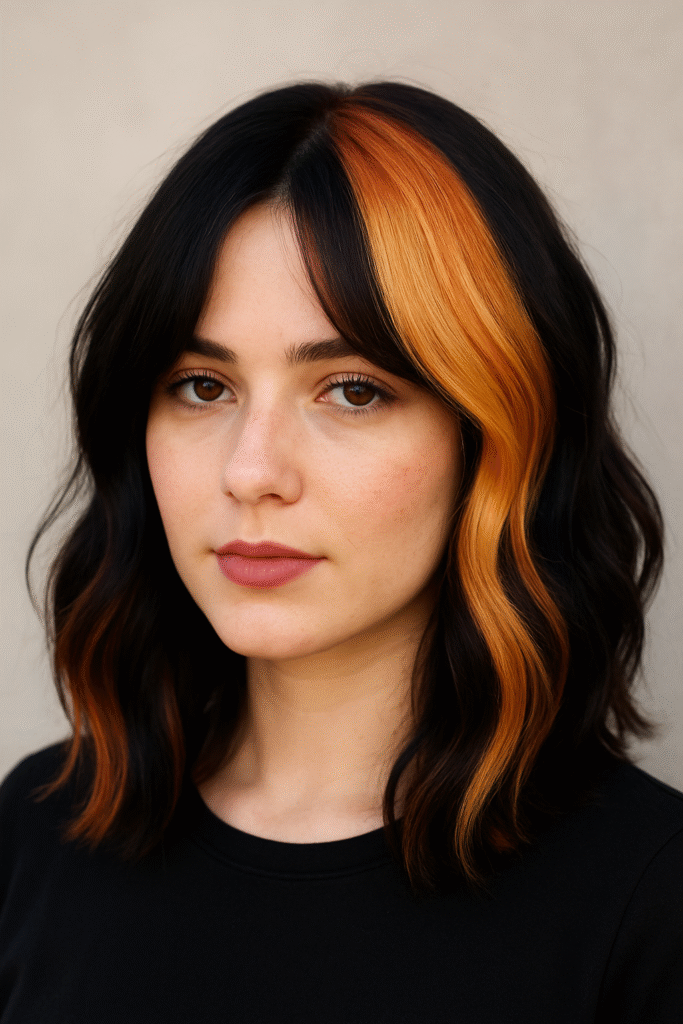
Subtle or Dramatic Change
Decide if you want a subtle lift or a striking color transition. Caramel suits medium brunettes, while platinum works for blondes. Discuss your goals with a stylist.
How Much Hair to Lighten
The gradient typically begins mid-length and extends to the ends. Lighter hair requires more maintenance. Add lowlights for extra depth.
Ombre Color Choices
Classic combos like medium brown fading into golden tips are timeless. You can also try warm auburn, ash, or platinum shades, depending on your hair type.
Styling Your Ombre Hair
Ombre hair is versatile, and the way you style it can completely change how the color shows off. Here are some easy and chic ways to style your look:
1. Beach Waves
Loose, tousled waves highlight the natural fade from dark to light. Use a curling wand or braid your damp hair overnight for a soft, effortless look. Perfect for casual days or weekend outings.
✨ Tip: Spritz a sea-salt spray for extra texture and to really bring out your lighter ends.
2. Sleek and Straight
A flat-ironed, glossy finish puts the spotlight on the gradient effect. Ombre hair looks extra sharp with straight styles because the contrast is clear and bold.
✨ Tip: Apply a shine serum to the ends so your lighter tones don’t look dry.
3. Braids and Twists
Braids are a fantastic way to show off ombre layers, as the lighter sections weave in beautifully. Try a fishtail braid or a half-up crown braid for a romantic, Instagram-worthy vibe.
✨ Tip: Pull apart your braid slightly for a fuller, softer look that highlights color contrast.
4. High Ponytail or Bun
A sleek ponytail or messy bun really makes the lighter ends pop against darker roots. Perfect for workouts, workdays, or whenever you need a quick yet stylish updo.
✨ Tip: Wrap a small strand of hair around your hair tie for a polished finish.
5. Heatless Styles
Don’t want to use heat every day? Try heatless curl methods like sock curls or flexi rods. Ombre hair looks gorgeous with bouncy curls that require minimal effort.
✨ Tip: Use color-safe products. Finish with a light-hold hairspray to keep curls soft and touchable.
DIY Ombre at Home

Although kits are available, achieving a flawless ombre hair effect at home can be tricky. Overprocessing can create harsh blocks of color. Professionals ensure a seamless gradient and can suggest toners to maintain vibrancy. Learn salon terms here.
Achieve a Perfect Ombre Effect With Haste Hair
The ombre hair effect is a perfect way to transition from your natural color to a lighter, refreshed look. With proper care, it lasts 3–6 months. Whether you have a bob cut, layers, or long locks, ombre hair adds personality, depth, and effortless style.
✨ Book your consultation today to start your hair transformation journey.
FAQ
How is ombre different from balayage?
While ombre involves a gradual color shift from dark to light across the entire hair length, balayage is a hand-painted technique that creates natural-looking highlights throughout the hair. Ombre is a more noticeable contrast, whereas balayage is more subtle and scattered.
Can ombre be applied to any hair color?
The ombre highlight technique can be achieved on almost any hair color, including brunette, blonde, and redhead. The key is to choose a lighter shade that complements your natural hair color for a smooth transition.
How long does ombre hair last?
Ombre is a low-maintenance style because the roots remain darker and natural. Depending on hair growth and care, it can last 3 to 6 months before requiring touch-ups.
How long does an ombre coloring take?
Depending on the thickness of your hair, changing from a dark to a lighter shade can take up to an hour, sometimes three hours, for very long hair.

